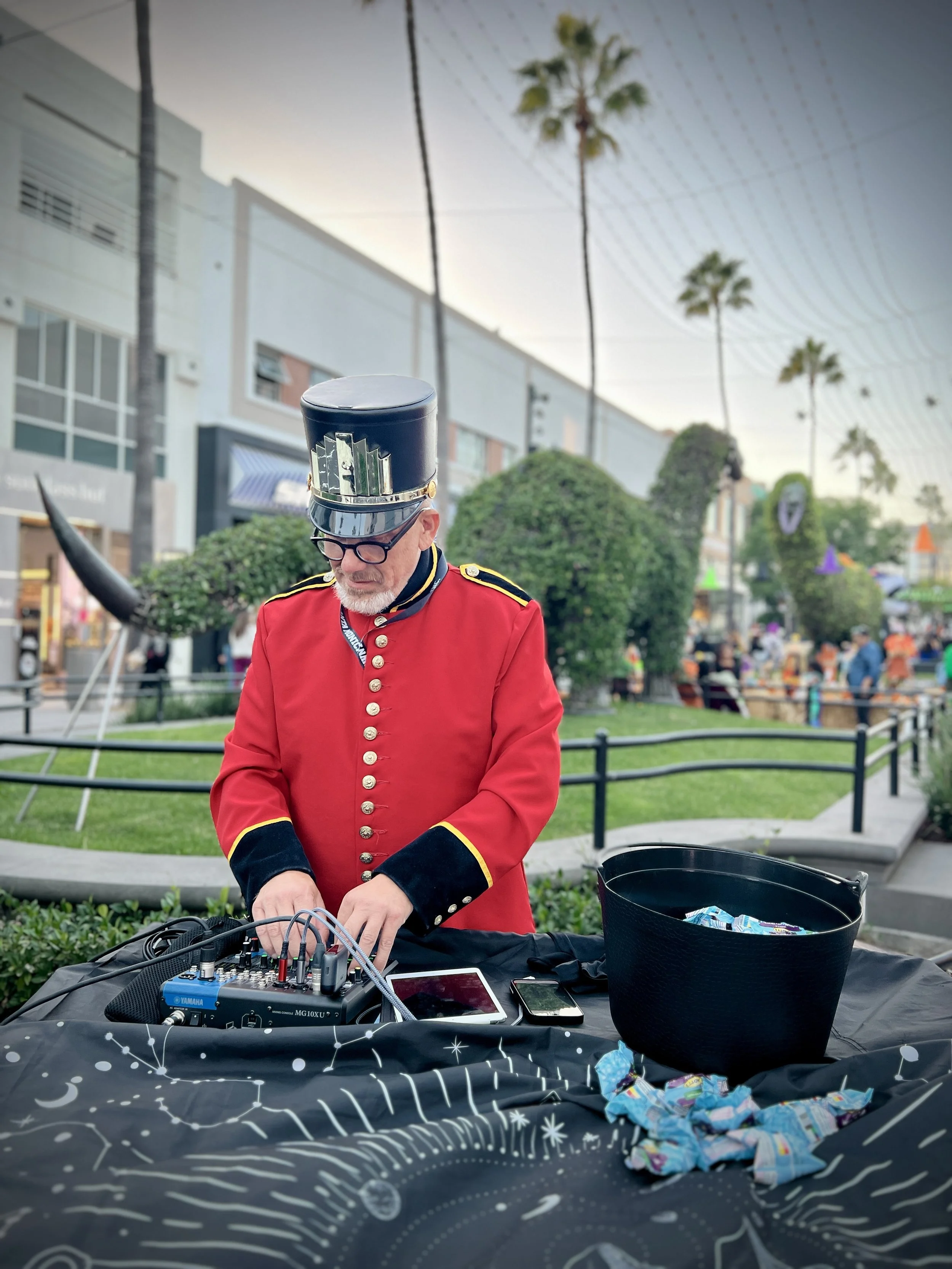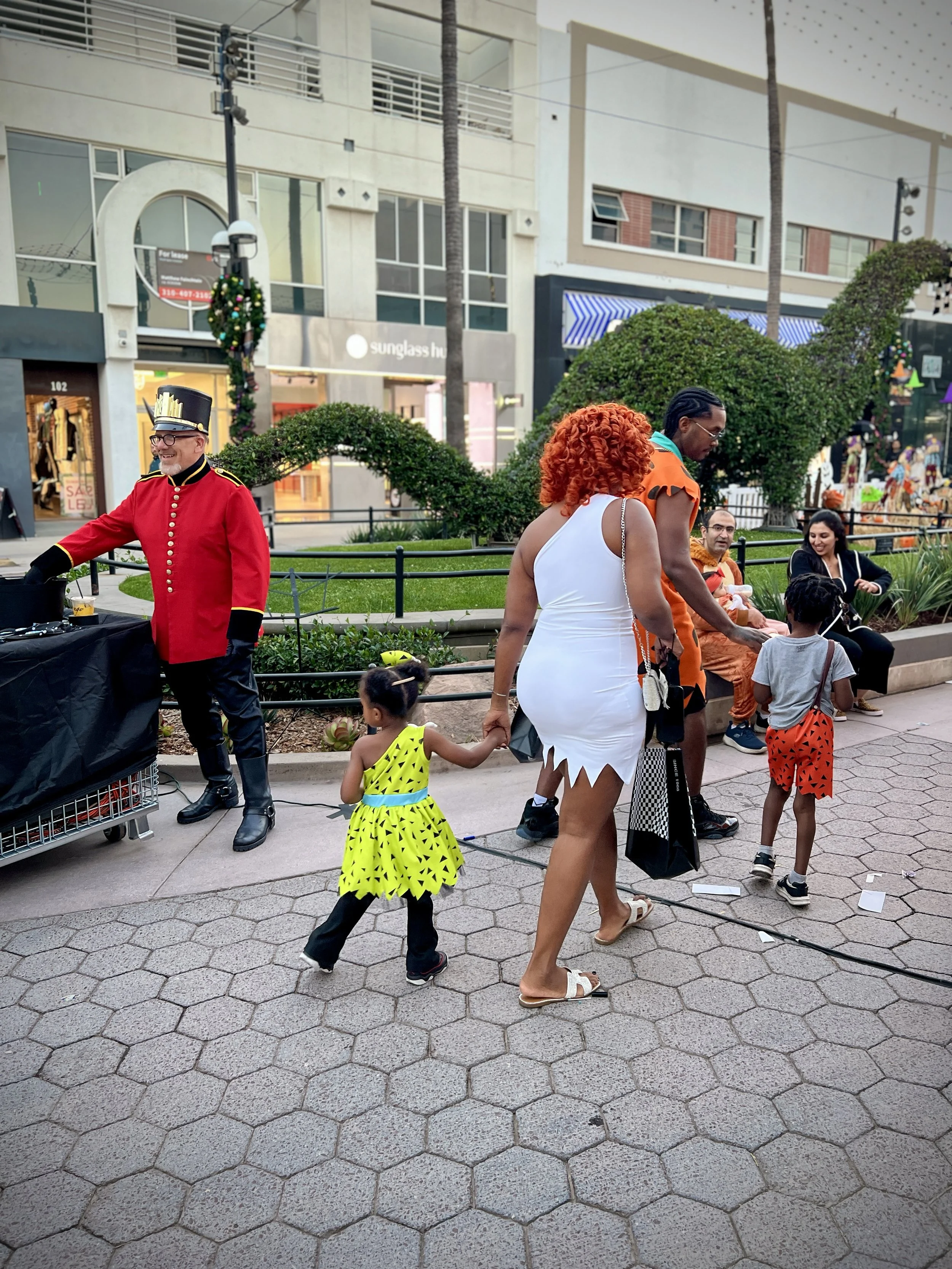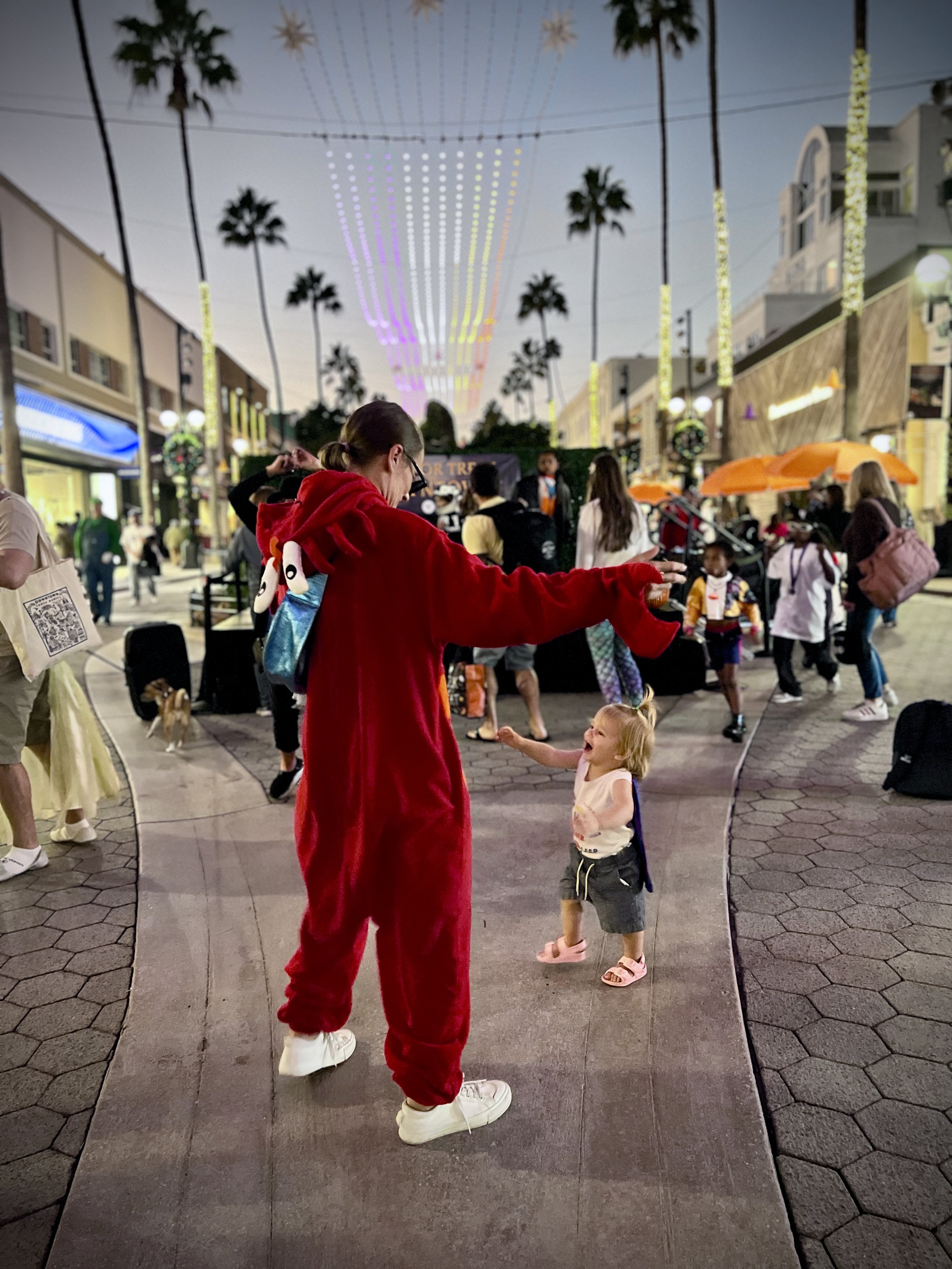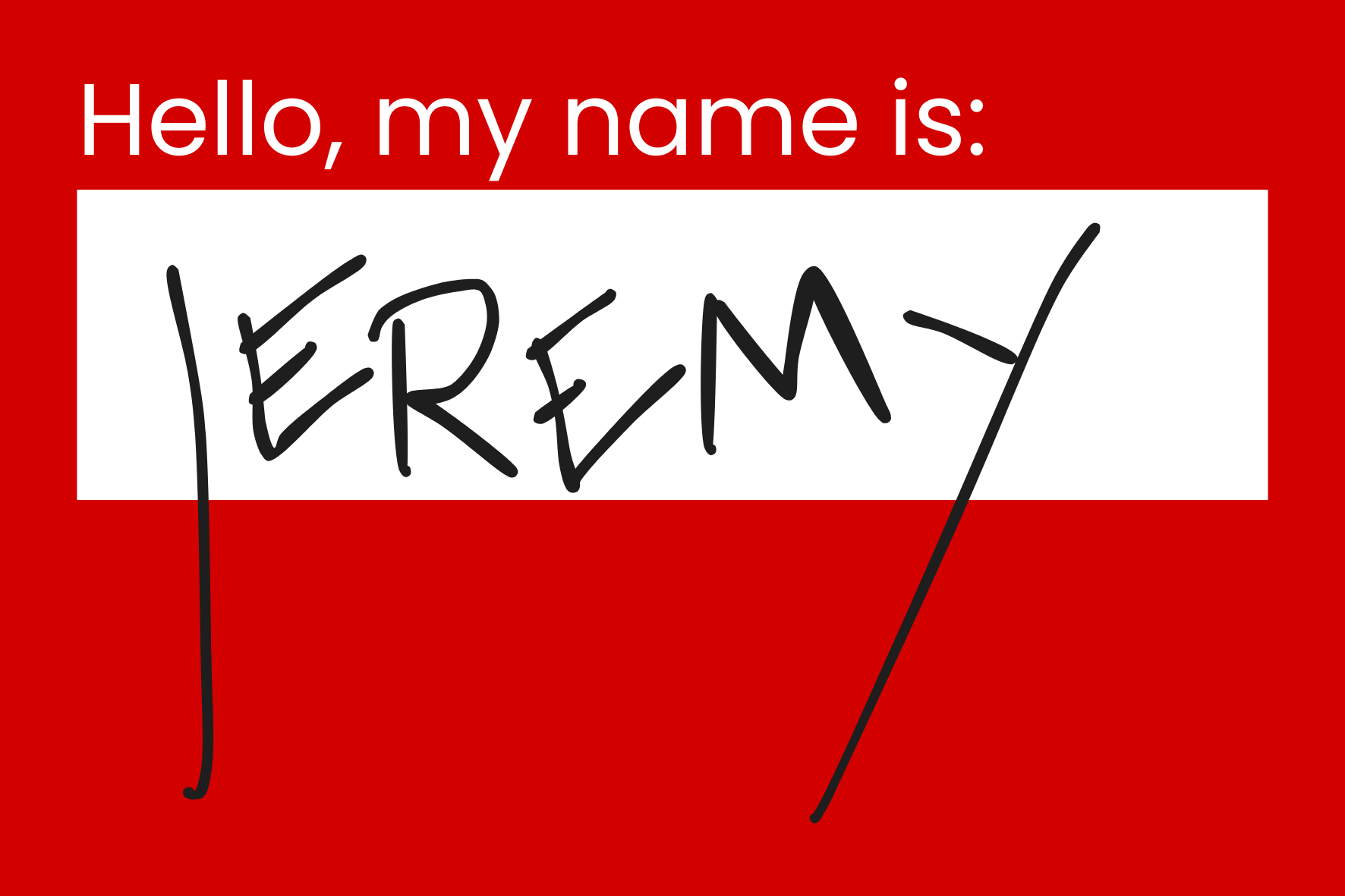How Music Works
When the right thing is in the right place, we are moved.
David Byrne
My childhood was very ‘Little Miss Sunshine.” I was not the performer. I was the little sis who got dragged to all the dance rehearsals and competitions.
I did my homework in the dance studio, and while there, I would watch the dance instructors mix records to play during warm-ups. I watched as my older sister kept a smile on her face in front of the judges and continued her dance routine even after her tap shoe came loose and ended up getting flung across the audience - never missing a beat - tapping away with one heeled shoe on, the other in point position.
The lessons I learned were invaluable. Keep a smile on your face through adversity, never let them see you sweat, improvise on the spot, and keep going.
Every year, Third Street Promenade hosts trick-or-treating, and tons of families come out to get their goods. Watching the parade of families dressed up is super fun.
This year, when I arrived on the scene, Jeremy, dressed up in his Toy Soldier attire, had taken over the DJ booth.
Jeremy is not a DJ.
In fact, he can barely manage the A/V equipment. That’s not a diss; it’s that he just recently learned how to utilize the system during our Cinema Series. To play movies.
But as he stood at the side of the stage where performers had just stepped off, manning the equipment as best he could, he found himself locked out of the provided iPad that was loaded with the Halloween playlist.
So what’s a toy soldier to do?
Smile, don’t break a sweat, and be as resourceful as quickly as humanly possible.
He put on Santa Monica Radio.
"Opportunity and availability are often the mother of invention."
How Music Works by David Byrne
While documenting the build of the Santa Monica Ice Rink, I needed something to occupy my time since I would be babysitting the time-lapse for eight or so hours a day. It seemed the perfect time to read Trauma Informed Placemaking - a monster of a book - and what I consider to be my Placemaking bible.
Doctors are prescribing Art Walks for mental wellbeing. Pop-up dance parties were a hit in the Quarantine-era Australian Laneways. And at the prom, spontaneous house music has become an absolute banger.
"Restoring relationships and community is central to restoring wellbeing. We can change social conditions to create environments in which children and adults can feel safe, and we can thrive."
Trauma-Informed Placemaking
Selfishly, I started a radio station so I could get a quick, easy dopamine hit whenever I wanted. (I'm listening to Santa Monica Radio right now as I need to get motivated to finish this blog and get my day started.)
I kept pursuing it because the vibes were good. Every time my radio station gets played on the promenade - for PRIDE, as a pre-funk at events, or as a spontaneous dance party, people are moved.
Their heads start bobbing, dancing breaks out, people LOVE it. And that makes me so fucking happy.
People enjoyed the vibe so much that they tried to tip Jeremy, unaware that he was streaming my station and adjusting the knobs for sound out of necessity.
If the vibes are good, people will stay. And dance. And enjoy the hell out of it.
And look forward to coming back soon.
Mandy Z.
President, Animated Minds





